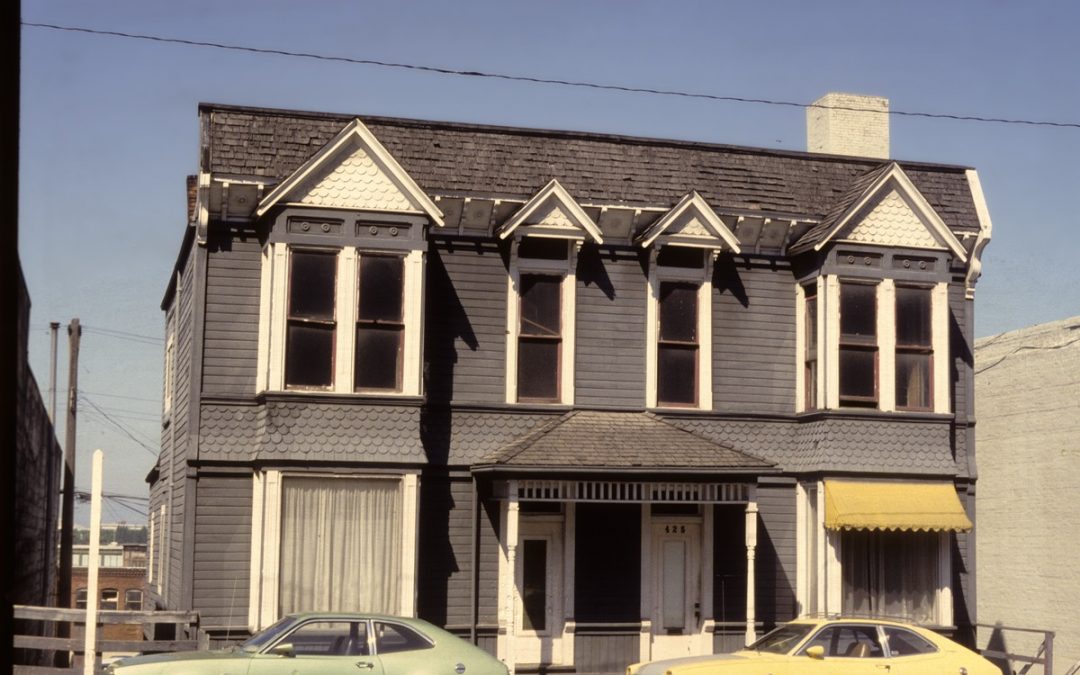Since the energy crisis of the 1970s, construction materials have shifted from substances that discourage mold growth – to materials that invite problems. Air-tight, energy efficient homes keep out cold in the winter and heat in the summer. But they also don’t give your house a chance to “breathe.” Any microscopic organisms in the air tend to stay in the air, including active mold.
Molds are tiny fungi whose spores float through the air. They like damp environments and need four things to grow: food, air, appropriate temperature and water. Molds can be found outdoors, in homes and in other buildings.
If a water source is not present when mold spores settle, the spores will become part of the “settled dust” that occurs in all buildings. They can remain dormant for years if kept dry. Once they get wet, however, they will begin to germinate and start growing.
Is this mold bad for you? It depends upon the person. According to American Academy of Allergy, Asthma and Immunology. Everyone breathes in mold spores in the air, but some people have an allergic reaction or asthma symptoms if exposed to too much of this fungus.
If you are allergic to mold, your immune system is overly-sensitive to specific mold spores and treats them as an allergen. When you inhale the mold spores, your immune system triggers symptoms such as sneezing, itchy, watery eyes, runny nose, nasal congestion or itchy nose, mouth and lips. (https://www.aaaai.org/conditions-and-treatments/allergies/mold-allergy)
If you are prone to this type of reaction, you might consider having Dog Gone Mold bring Mason, the wonder dog, along with our certified inspectors, do an inspection and if mold is detected, formulate a plan for removal.
Contact us for more information.

